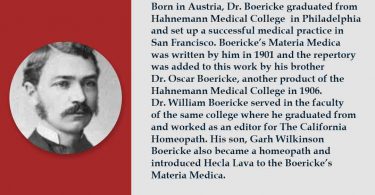In moments of crisis, when every second counts, the ability to stay calm and act swiftly can make the difference between life and death. CPR is a crucial skill that empowers individuals to intervene during emergencies, providing vital support until professional help arrives. Understanding the power of CPR and being trained to perform it can be a lifesaving asset in critical situations.
The Basics of CPR:
CPR stands for cardiopulmonary resuscitation, a technique that combines chest compressions and rescue breaths to maintain blood circulation and oxygenation when a person’s heart and breathing have stopped. The American Heart Association (AHA) defines a set of guidelines for performing CPR, emphasizing the importance of quick and effective intervention. The primary goals of CPR are to buy time for the victim until emergency medical services arrive and to increase the chances of survival.
The Importance of Quick Action:
When faced with a sudden cardiac arrest or a similar life-threatening event, time is of the essence. Brain damage can occur within minutes of oxygen deprivation, underscoring the urgency of initiating CPR promptly. Immediate intervention can double or even triple a person’s chances of survival. Therefore, individuals trained in CPR are not only equipped with a valuable skill but also with the knowledge that their swift response can be the key to saving a life.
CPR in Different Settings:
CPR is not confined to hospitals or medical professionals; it is a skill that can be applied in various settings. From homes and workplaces to public spaces, anyone can find themselves in a situation where CPR is necessary. Training programs are designed to make CPR accessible to the general public, ensuring that ordinary individuals can become immediate responders in times of crisis.
Training for Everyone:
CPR training courses are widely available, often offered by local Red Cross chapters, healthcare institutions, and community centers. These courses cover the basics of CPR, including chest compressions, rescue breaths, and the proper use of automated external defibrillators (AEDs). Moreover, advancements in technology have enabled online CPR training, making it even more convenient for individuals to learn and refresh their skills.
Building Confidence through Education:
One significant aspect of CPR training is building confidence. Knowing how to assess a situation, perform CPR correctly, and use an AED can empower individuals to act decisively during an emergency. Training not only imparts the necessary skills but also instills the confidence to step forward and take control of a critical situation, potentially saving a life.
AEDs: An Integral Component of CPR:
Automated external defibrillators are portable devices that can analyze a person’s heart rhythm and deliver an electric shock if necessary. Integrating AED use with CPR can significantly enhance the chances of restoring a normal heart rhythm. Many public spaces, such as airports, shopping malls, and sports facilities, are equipped with AEDs, emphasizing the importance of familiarizing oneself with these devices during CPR training.
CPR in the Workplace:
Workplaces are spaces where people spend a significant portion of their time. Implementing CPR training in the workplace is not only a responsible measure for employee safety but also a demonstration of corporate social responsibility. Many organizations now prioritize providing CPR training to their employees, recognizing the potential impact on the well-being of their staff and visitors.
Community Resilience:
As more individuals become trained in CPR, communities can develop a level of resilience that contributes to overall safety. The collective ability to respond to emergencies can create a safety net that spans neighbourhoods, schools, and workplaces. This interconnected web of trained individuals increases the likelihood of someone being present to offer immediate assistance in a critical moment.
Conclusion:
In critical moments, the power of CPR lies not only in its ability to sustain life but also in the empowerment it provides to ordinary individuals. The knowledge and skills gained through CPR training transform bystanders into immediate responders, capable of making a life-saving impact. As we navigate the unpredictability of life, staying calm and acting fast with the power of CPR can be the difference between tragedy and triumph, underscoring the significance of widespread CPR education and training.





